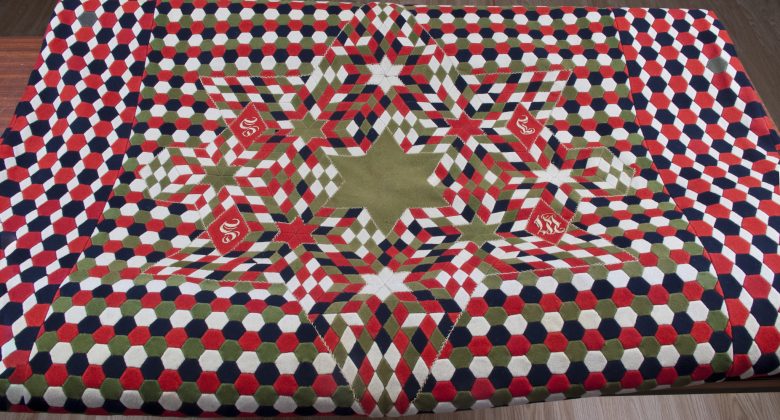The creation of an unknown soldier during the Siege of Lucknow

The Citizen Curators team at Bodmin Keep have been working hard to reinterpret the museum’s “India Gallery” as part our learning. This means looking at the items in the collection with fresh eyes and exploring new ways to tell the story of the British colonists and their life in India.
One of the main focuses is on an event called the Siege of Lucknow, which took place in 1857. Around 3000 people, including over 1000 civilians, women and children, barricaded themselves in the Governor’s Residency where they withstood attack by Indian troops for around six months. Conditions were cramped and many succumbed to illness as the lack of fresh supplies and unsanitary environment took their toll.
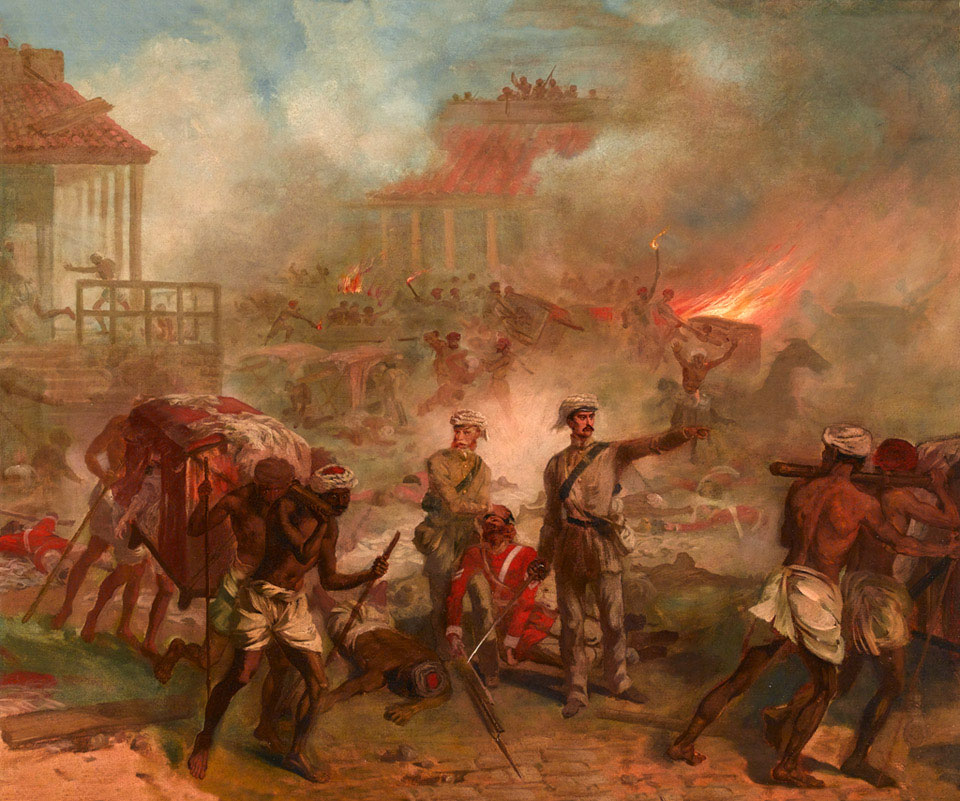
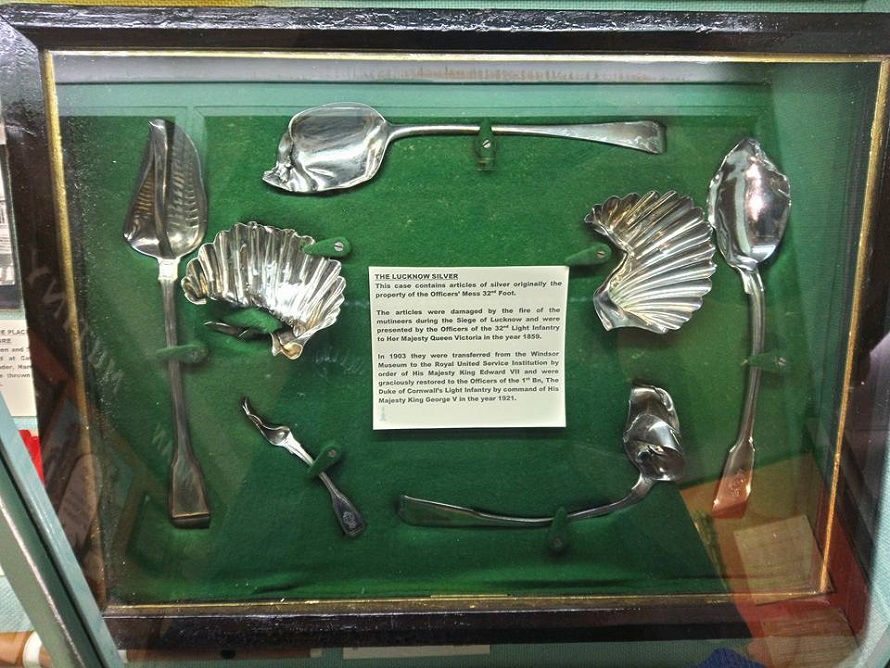
Those living under siege faced near-constant bombardment from shells and bullets – the evidence of which can be seen in the Lucknow Silver, items from the officer’s mess badly damaged by the attack.
However, even under these difficult circumstances, creativity flourished – giving us one of the most unusual artefact’s in the Keep’s collection – The Lucknow Quilt.
Quilt or Tablecloth?
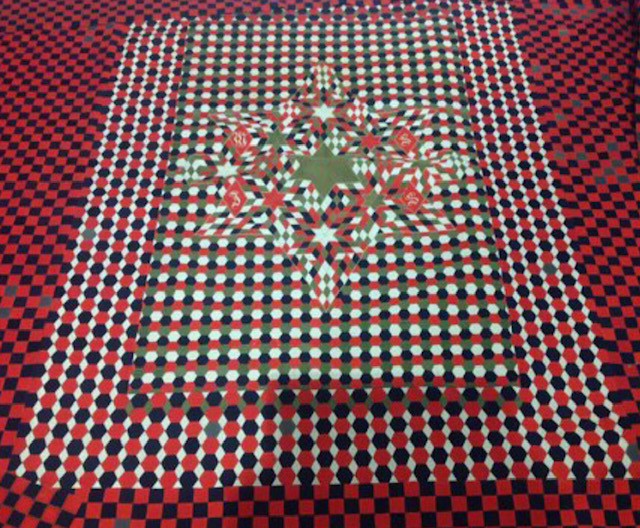
“Quilt” is actually a misnomer – quilts are normally a kind of fabric sandwich with a decorative top, a middle layer of padding and a backing held together with decorative stitching. The Lucknow Quilt is an example of what are known as “Military Quilts”, which are often a single layer of patchwork with no backing, intended for use as a wallhanging or tablecloth. In fact, the original notes made at the time of the quilt’s donation in the 1960s describe it as a “patchwork table cloth”.
Made from the Uniforms of the Fallen Soldiers
Military quilts were commonly made from the woollen fabric that made up uniforms, as well as blankets and other fabric scraps that may have been to hand. Since our quilt was made under siege conditions, where supplies were extremely limited, it’s likely that the fabric used came from the uniforms of fallen soldiers – red and white from their jackets and blue and grey from the trousers. There are also green pieces of fabric in parts of the pattern which we think is actually baize from the top of a billiards table that was destroyed during the siege.
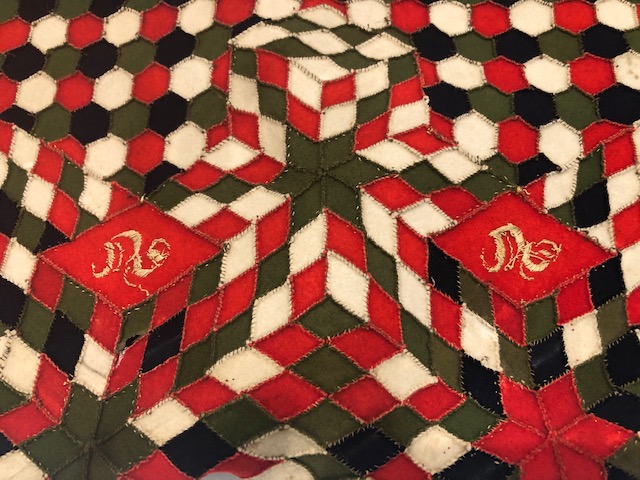
Convalescent Quilts
This style of military quilt was popular throughout the 19th century and examples created in the Napoleonic wars, the Crimea and South Africa exist alongside those created in India.
These textile artworks were also known as “convalescent quilts” as soldiers were encouraged to sew as a kind of therapy whilst they recovered from injury. A painting by 19th century artist Thomas William Wood shows a soldier named Private Thomas Walker sitting in a hospital bed sewing pieces of fabric together to form an intricate patchwork pattern.
We believe the Lucknow Quilt was the creation of just one soldier. Unfortunately, we don’t know his name, but we do know that he was batman to a Colonel Birtwhistle during the siege. It was donated to the museum in 1965 by Mrs Brooks, the widow of Brigadier Brooks, a descendant of the soldier, who himself served in the DCLI.
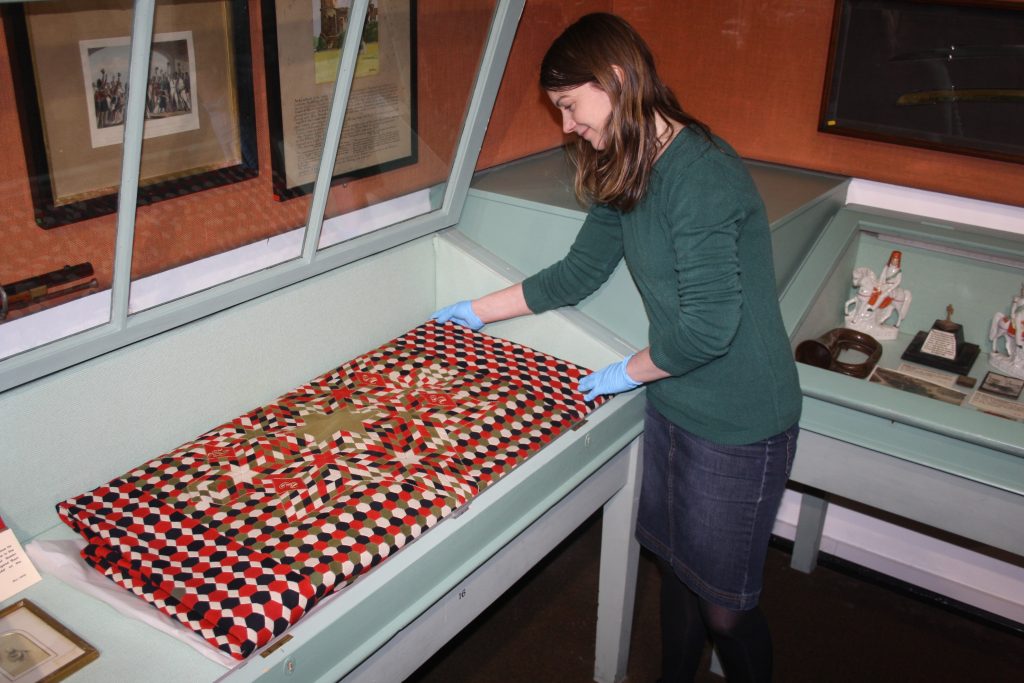
The size of the quilt means that it’s difficult to display in its entirety – it has to remain folded in order to fit inside a case. However, this does serve the purpose of protecting the quilt from damage and fading. The quilt is regularly refolded and turned to prevent any one part of it from excessive exposure to light and the risk of discolouration.
Having been fortunate enough to be present on one of the rare occasions the quilt was fully unfolded, I’ve been able to examine the back and see the many tiny stitches that hold it together. It’s also possible to see some staining and slight insect damage, but overall the quilt remains in excellent condition.
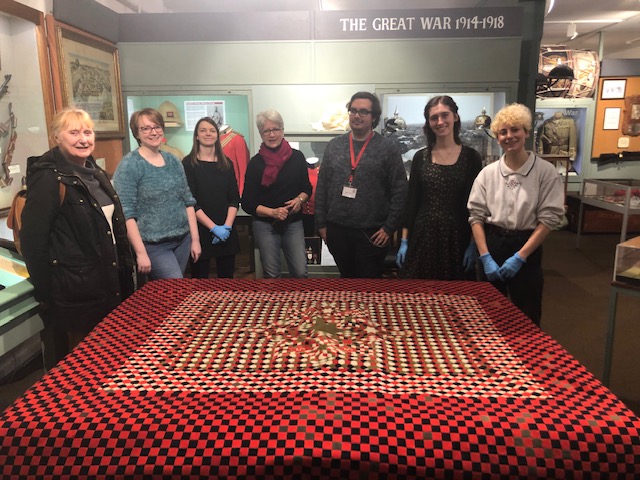
Sadly, the fact it needs to be folded means you can’t always see all of the quilt’s details. Some military quilts have very complex designs that celebrate certain battles or regiments, and some are embellished with beads or buttons. Our quilt has a green, six pointed star in the centre surrounded by four embroidered letters which appear to read WSSJ.
We don’t know the exact circumstances of the quilt’s creation, but it’s clear it would have taken many hours to piece together – especially given the difficult conditions faced by those under siege.
I’m really excited to see the quilt form part of the museum’s updated display on India – the other Citizen Curators and I have worked hard to create an exhibit that brings to light stories from all sides of the conflict and starts a conversation about our colonial past.
By Lesley-Anne Harris Citizen Curator and Museum Volunteer


